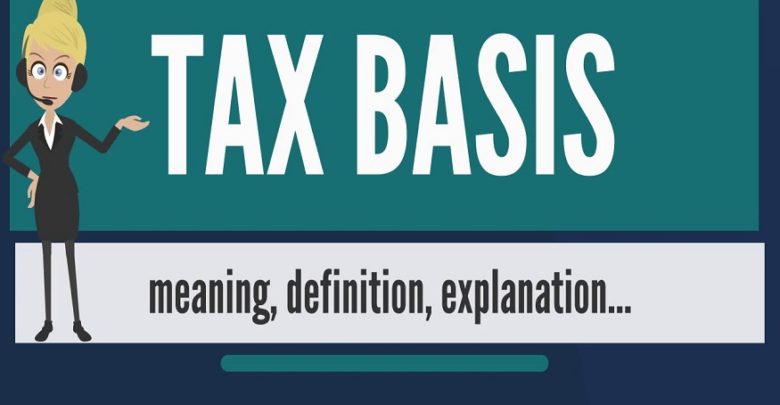The Tax Bases and The Right Solutions

The SDP would condense the tax base on ownership by removing key gaps to avoid taxation on ownership. The aim of the reforms is to treat the various forms of investment more equally. At the same time, the gap between property taxation and high wage income taxation will be narrowed.
This is justified as capital income is the primary source of livelihood only in exceptional circumstances. As a result of the tightening of the tax base, tax increases and reductions could be allocated more fairly in terms of income and wealth.
Withholding tax on dividends from institutional investors and other partially tax-exempt entities
In USA, the level of corporate tax has fallen from 26 per cent to 20 per cent over the last ten years. At the same time, dividend taxation for small investors has been tightened. However, institutional investors and funds do not pay tax on dividends, so they have benefited in full from corporate tax reductions. Visit taxfyle.com/small-business-tax-calculator for the best understanding for the same.
- The tax benefit remains final when the beneficiaries of the institutional investor are foreigners. USA’s international agreements in practice prevent the taxation of institutional investors registered in the EEA when the corresponding domestic entity is exempt from tax. This is the case, for example, when a foreign pension institution invests in USA.
The right Losses
The loss is significant, as half of the ownership of the Helsinki Stock Exchange is foreign, of which only a few have to pay tax on their investment income to USA. In recent years, foreign dividend recipients have paid only a few percent tax on their total income to USA. They therefore benefit considerably compared to Finnish small investors, whose dividends and capital gains are normally taxed. Finns can also avoid exploiting the loophole with the help of insurance covers.
The Right Dividents
The tax base for dividend taxation should be condensed by charging institutional investors a reasonable withholding tax on dividends and other similar income they receive from USA. It would offset the benefit to institutional investors from the corporate tax reduction. The tax must be designed to be reasonable so that it does not have a decisive effect on investment, but would make tax evasion sufficiently difficult. For example, a 5% tax would not have a significant impact on investment and would not significantly reduce the returns of pension funds, as the tax would only affect a small part of their returns.
Conclusion
In order to reduce the tax base, simplify the system and ensure fairness, withholding tax on dividends should be extended not only to institutional investors but also to other entities exempt from dividend taxation, such as non-profit associations and foundations. However, social and health organizations, sports clubs and trade unions, among others, do important work in creating social cohesion and building sustainable well-being and inclusion throughout society. NGOs deserve compensatory societal support, in addition to a low withholding tax of 5%, for example, relative to other taxpayers. At the same time, there is a need for a comprehensive review of the taxation of non-profit activities, with the aim of not undermining the capacity of civil society.




